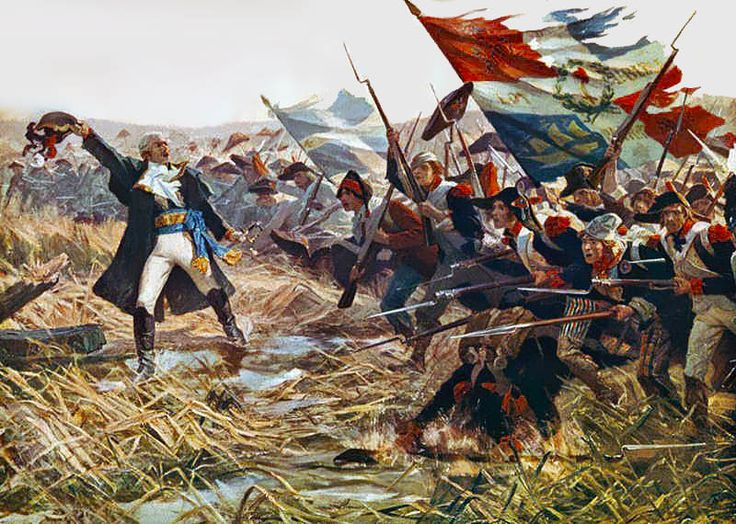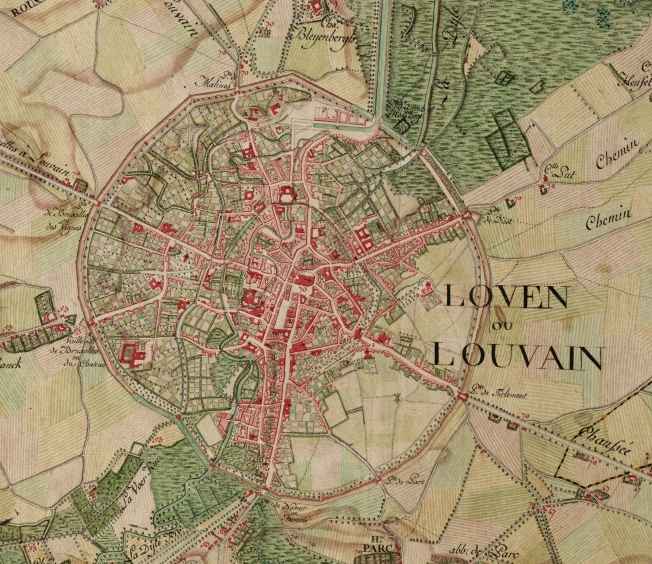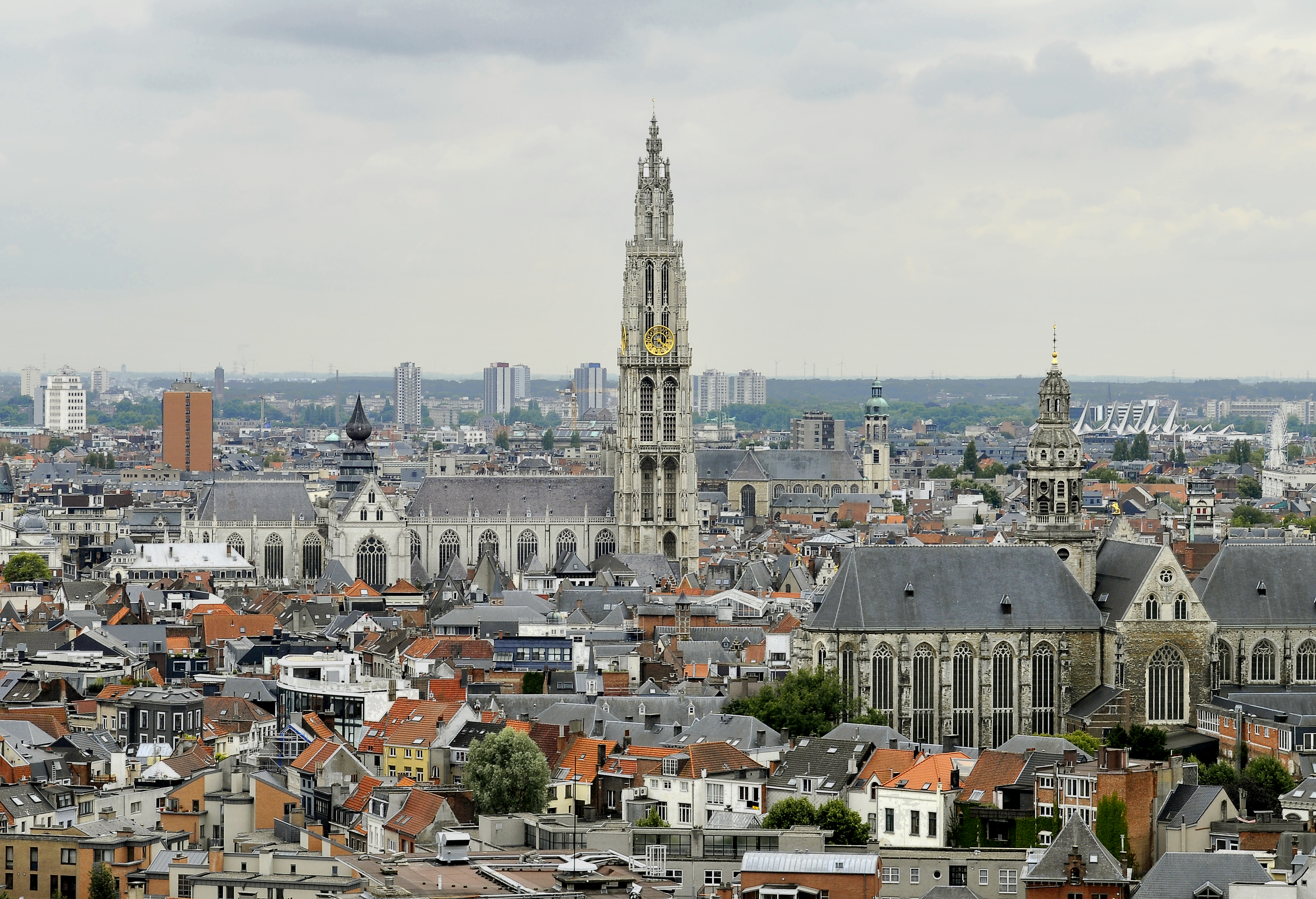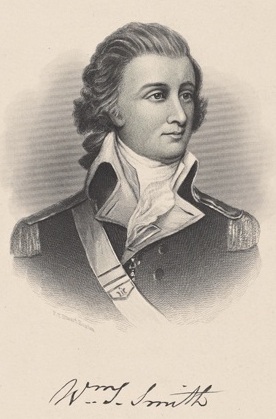|
Battle Of Neerwinden (1793)
The Battle of Neerwinden (18 March 1793) saw a Republican French army led by Charles François Dumouriez attack a Coalition army commanded by Prince Josias of Saxe-Coburg-Saalfeld. The Coalition army of the Habsburg monarchy together with a small contingent of allied Dutch Republic troops repulsed all French assaults after bitter fighting and Dumouriez conceded defeat, withdrawing from the field. The French position in the Austrian Netherlands swiftly collapsed, ending the threat to the Dutch Republic and allowing Austria to regain control of its lost province. The War of the First Coalition engagement was fought at Neerwinden, located east of Brussels in present-day Belgium. After Dumouriez's victory at Jemappes in November 1792, the French armies rapidly overran most of the Austrian Netherlands. Rather than driving the Austrians to the west bank of the Rhine River, Dumouriez and the French government became preoccupied with a war with the Dutch Republic. During the breat ... [...More Info...] [...Related Items...] OR: [Wikipedia] [Google] [Baidu] |
Flanders Campaign
The Flanders Campaign (or Campaign in the Low Countries) was conducted from 20 April 1792 to 7 June 1795 during the first years of the War of the First Coalition. A coalition of states representing the Ancien Régime in Western Europe – Austria (including the Southern Netherlands), Prussia, Great Britain, the Dutch Republic (the Northern Netherlands), Hanover and Hesse-Kassel – mobilised military forces along all the French frontiers, with the intention to invade Revolutionary France and end the French First Republic. The radicalised French revolutionaries, who broke the Catholic Church's power (1790), abolished the monarchy (1792) and even executed the deposed king Louis XVI of France (1793), vied to spread the Revolution beyond France's borders, by violent means if necessary. A quick French success in the Battle of Jemappes in November 1792 was followed by a major Coalition victory at Neerwinden in March 1793. After this initial stage, the largest of these for ... [...More Info...] [...Related Items...] OR: [Wikipedia] [Google] [Baidu] |
Meuse (river)
The Meuse ( , , , ; wa, Moûze ) or Maas ( , ; li, Maos or ) is a major European river, rising in France and flowing through Belgium and the Netherlands before draining into the North Sea from the Rhine–Meuse–Scheldt delta. It has a total length of . History From 1301 the upper Meuse roughly marked the western border of the Holy Roman Empire with the Kingdom of France, after Count Henry III of Bar had to receive the western part of the County of Bar (''Barrois mouvant'') as a French fief from the hands of King Philip IV. In 1408, a Burgundian army led by John the Fearless went to the aid of John III against the citizens of Liège, who were in open revolt. After the battle which saw the men from Liège defeated, John ordered the drowning in the Meuse of suspicious burghers and noblemen in Liège. The border remained stable until the annexation of the Three Bishoprics Metz, Toul and Verdun by King Henry II in 1552 and the occupation of the Duchy of Lorraine by ... [...More Info...] [...Related Items...] OR: [Wikipedia] [Google] [Baidu] |
Charles-François Dumouriez
Charles-François is a given name. Notable people with the name include: * Charles-François de Broglie, marquis de Ruffec (1719–1791), French soldier and diplomat * Charles-François Lebrun, duc de Plaisance Charles-François is a given name. Notable people with the name include: * Charles-François de Broglie, marquis de Ruffec Charles-François de Broglie, marquis de Ruffec (19 August 1719 – 16 August 1781), was a French soldier and diplomat ... (1739–1824), Third Consul of France {{given name Compound given names ... [...More Info...] [...Related Items...] OR: [Wikipedia] [Google] [Baidu] |
Hussar
A hussar ( , ; hu, huszár, pl, husarz, sh, husar / ) was a member of a class of light cavalry, originating in Central Europe during the 15th and 16th centuries. The title and distinctive dress of these horsemen were subsequently widely adopted by light cavalry regiments in European armies in the late 17th and early 18th centuries. By the 19th century, hussars wore jackets decorated with braid and shako or busby hats and they developed a romanticized image of being dashing and adventurous. A small number of modern armies retain the designation of hussars for some armored (tank) units. As well, some modern armies have ceremonial mounted units which wear historical hussar uniforms on parades or to provide a VIP escort to national leaders. Historically, the term derives from the cavalry of late medieval Hungary, under Matthias Corvinus, with mainly Serb warriors. Etymology Etymologists are divided over the derivation of the word ''hussar''. Several alternative theorie ... [...More Info...] [...Related Items...] OR: [Wikipedia] [Google] [Baidu] |
Jäger (military)
Jäger, Jager, or Jaeger (), meaning "hunter" in German, may refer to: * Jäger (surname), shared by many people Fictional characters * Frank Jaeger, better known as Gray Fox, in the ''Metal Gear'' series * Eren Jaeger, or Eren Yeager, protagonist in the ''Attack on Titan'' manga and anime * Felix Jaeger, in the ''Gotrek and Felix'' series *Gen. Radi Jaeger, a villain in the video game ''Valkyria Chronicles'' - see List of ''Valkyria Chronicles'' characters *Jaeger, a member of the Teknos faction in the video game ''The Unholy War'' *Jaeger, in the television series '' Altered Carbon'' *Jaeger, a group of vampire hunters in the anime series '' Sirius the Jaeger'' *Jaegers, a group in the ''Akame ga Kill!'' manga and anime *Jaegers, piloted robots used to fight alien monsters in the 2013 film ''Pacific Rim'' and the 2018 sequel *Jäger, a member of the GSG-9 in the video game '' Rainbow Six Siege'' In biology *Jaeger, the North American name for the smaller species of the skua ... [...More Info...] [...Related Items...] OR: [Wikipedia] [Google] [Baidu] |
Anton Sztáray
Anton Sztáray de Nagy-Mihály ( hu, Nagymihályi Sztáray Antal, 1732 or 1740, Kassa, Hungary – 23 January 1808, Graz, Austrian Empire) was a Hungarian count in the Habsburg military during Austria's Wars with the Ottoman Empire, the French Revolutionary Wars and the Napoleonic Wars. He commanded an autonomous corps in the 1799 campaign in southwestern Germany, with which he protected the main Austrian army's right (northern) flank as it advanced across Swabia. At the first action of this campaign, the Battle of Ostrach, he led 10,000 men across Swabia, covering the northernmost flank of the Austrian and Imperial army. Subsequently, his troops guarded the Neckar valley. At the Battle of Wiesloch, (3 December), he drove the French from the right bank of the Rhine and relieved Philippsburg fortress. After the Austrian defeat at Battle of Hohenlinden on 3 December 1800, Sztáray was given the task of raising the Bohemian-Moravian Legion. In 1801 he was appointed Commanding Gen ... [...More Info...] [...Related Items...] OR: [Wikipedia] [Google] [Baidu] |
Henri Christian Michel De Stengel
Henri Christian Michel de Stengel (11 May 1744 – 28 April 1796) joined the French royal army, rapidly rose to general officer rank during the French Revolutionary Wars, and was mortally wounded in Italian campaign while serving in General Napoleon Bonaparte's army. Early career Born in Neustadt an der Weinstraße in the Electorate of Bavaria in 1744, Stengel joined the Bavarian army's ''Palatine Guards'' in 1758. He entered the French army in 1760 and fought in the Seven Years' War. He became a lieutenant in 1762, a captain in 1769, and a major in 1788. After the French Revolution he was appointed colonel of the 1st Hussar Regiment. French Revolutionary Wars Soon after, Stengel served as a general of brigade in the Army of the North at the Battle of Valmy in September 1792. Still under the command of Charles Dumouriez, he fought at the Battle of Jemappes in November 1792. Later that year, he led Dumouriez's advance guard in successful actions at Mechelen (Malines) and Voroux- ... [...More Info...] [...Related Items...] OR: [Wikipedia] [Google] [Baidu] |
Mechelen
Mechelen (; french: Malines ; traditional English name: MechlinMechelen has been known in English as ''Mechlin'', from where the adjective ''Mechlinian'' is derived. This name may still be used, especially in a traditional or historical context. The city's French name ' had also been used in English in the past (in the 19th and 20th century) however this has largely been abandoned. Meanwhile, the Dutch derived ' began to be used in English increasingly from late 20th century onwards, even while ''Mechlin'' remained still in use (for example a ''Mechlinian'' is an inhabitant of this city or someone seen as born-and-raised there; the term is also the name of the city dialect; as an adjective ''Mechlinian'' may refer to the city or to its dialect.) is a city and municipality in the province of Antwerp in the Flemish Region of Belgium. The municipality comprises the city of Mechelen proper, some quarters at its outskirts, the hamlets of (adjacent) and (a few kilometers away), as ... [...More Info...] [...Related Items...] OR: [Wikipedia] [Google] [Baidu] |
Leuven
Leuven (, ) or Louvain (, , ; german: link=no, Löwen ) is the capital and largest City status in Belgium, city of the Provinces of Belgium, province of Flemish Brabant in the Flemish Region of Belgium. It is located about east of Brussels. The municipality itself comprises the historic city and the deelgemeente, former neighbouring municipalities of Heverlee, Kessel-Lo, a part of Korbeek-Lo, Wilsele and Wijgmaal. It is the eighth largest city in Belgium, with more than 100,244 inhabitants. KU Leuven, Belgium's largest university, has its flagship campus in Leuven, which has been a university city since 1425. This makes it the oldest university city in the Low Countries. The city is home of the headquarters of Anheuser-Busch InBev, the world's largest beer brewer and sixth-largest fast-moving consumer goods company. History Middle Ages The earliest mention of Leuven (''Loven'') dates from 891, when a Viking army was defeated by the Franks, Frankish king Arnulf of Carinthia ... [...More Info...] [...Related Items...] OR: [Wikipedia] [Google] [Baidu] |
Antwerp
Antwerp (; nl, Antwerpen ; french: Anvers ; es, Amberes) is the largest city in Belgium by area at and the capital of Antwerp Province in the Flemish Region. With a population of 520,504,Statistics Belgium; ''Loop van de bevolking per gemeente'' (Excel file) Population of all municipalities in Belgium, . Retrieved 1 November 2017. it is the most populous municipality in Belgium, and with a metropolitan population of around 1,200,000 people, it is the second-largest ... [...More Info...] [...Related Items...] OR: [Wikipedia] [Google] [Baidu] |
Francisco De Miranda
Sebastián Francisco de Miranda y Rodríguez de Espinoza (28 March 1750 – 14 July 1816), commonly known as Francisco de Miranda (), was a Venezuelan military leader and revolutionary. Although his own plans for the independence of the Spanish American colonies failed, he is regarded as a forerunner of Simón Bolívar, who during the Spanish American wars of independence successfully liberated much of South America. He was known as "The First Universal Venezuelan" and "The Great Universal American". Miranda led a romantic and adventurous life in the general political and intellectual climate that emerged from the Age of Enlightenment that influenced all of the Atlantic Revolutions. He participated in three major historical and political movements of his time: the American Revolutionary War, the French Revolution and the Spanish American wars of independence. He described his experiences over this time in his journal, which reached to 63 bound volumes. An idealist, he develope ... [...More Info...] [...Related Items...] OR: [Wikipedia] [Google] [Baidu] |
Army Of The North (France)
The Army of the North or Armée du Nord is a name given to several historical units of the French Army. The first was one of the French Revolutionary Armies that fought with distinction against the First Coalition from 1792 to 1795. Others existed during the Peninsular War, the Hundred Days and the Franco-Prussian War. Campaigns 1791 to 1797 At the creation of the Army of the North on 14 December 1791, the government of the Kingdom of France appointed Jean-Baptiste Donatien de Vimeur, Comte de Rochambeau, as its commander. Rochambeau was replaced in May 1792, and he retired from service. The suspicious government of the First French Republic later charged him with treason and he barely escaped execution. In 1792-1794, the guillotine awaited military commanders who either failed, belonged to the nobility, or displayed insufficient revolutionary zeal. In the Army of the North these unfortunates included Nicolas Luckner, Adam Custine, and Jean Houchard. Under Charles François ... [...More Info...] [...Related Items...] OR: [Wikipedia] [Google] [Baidu] |

.jpg)





